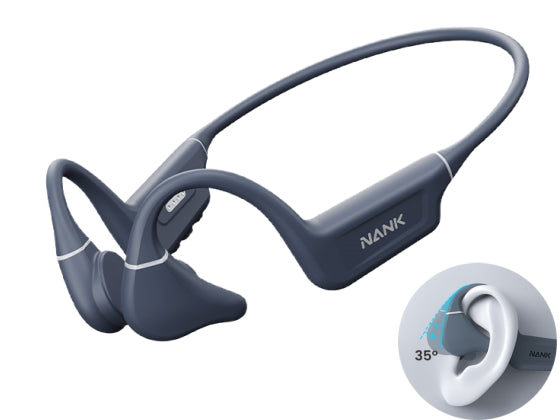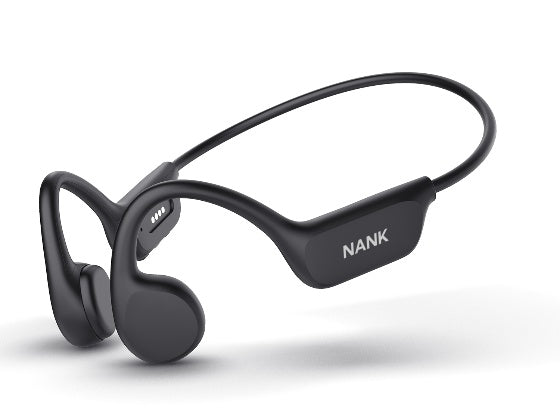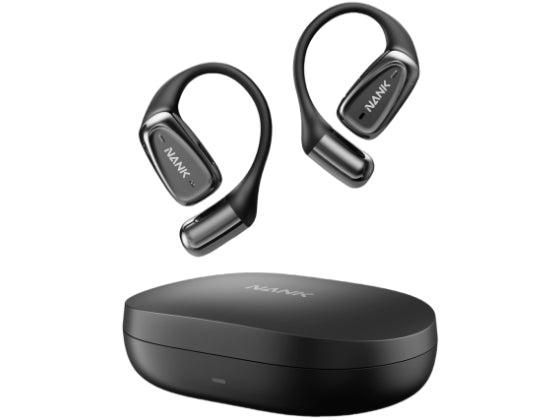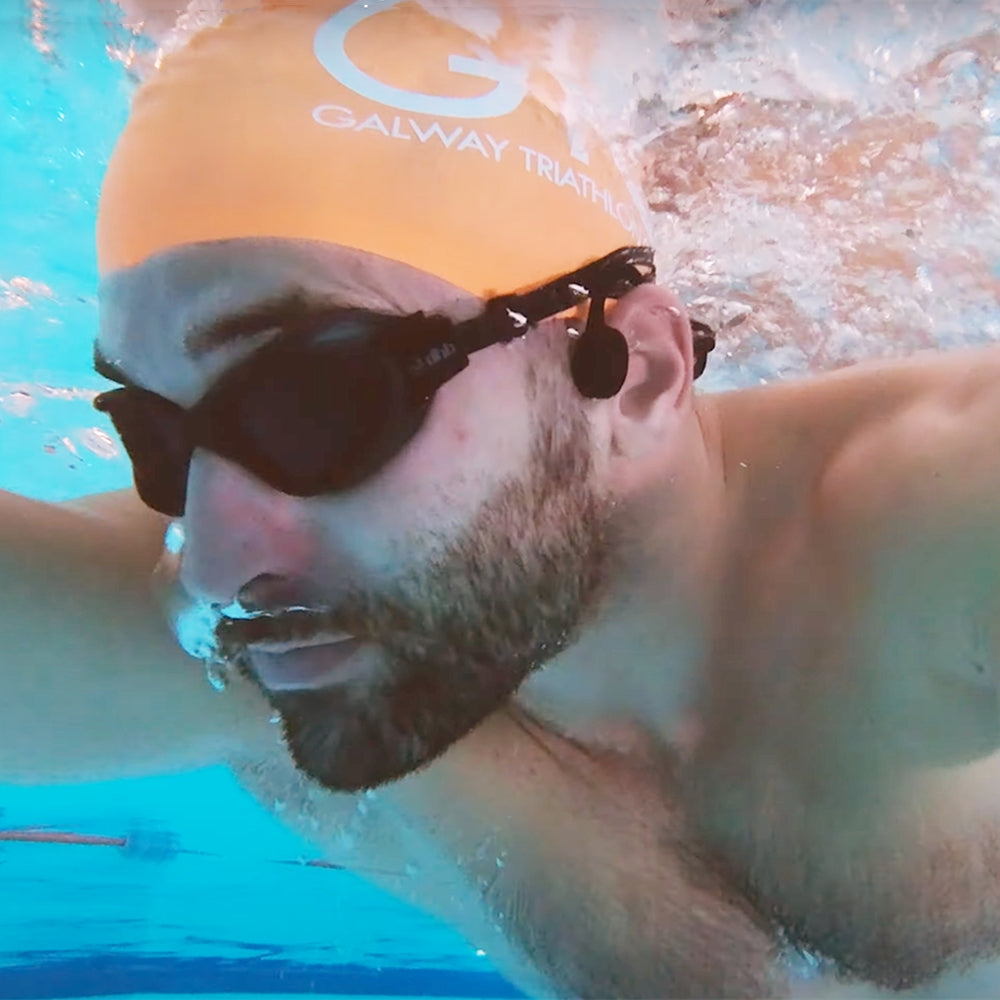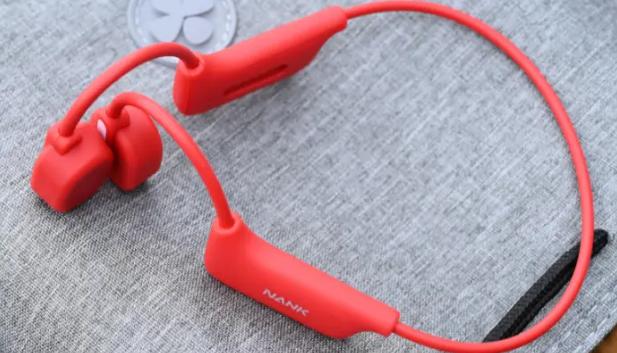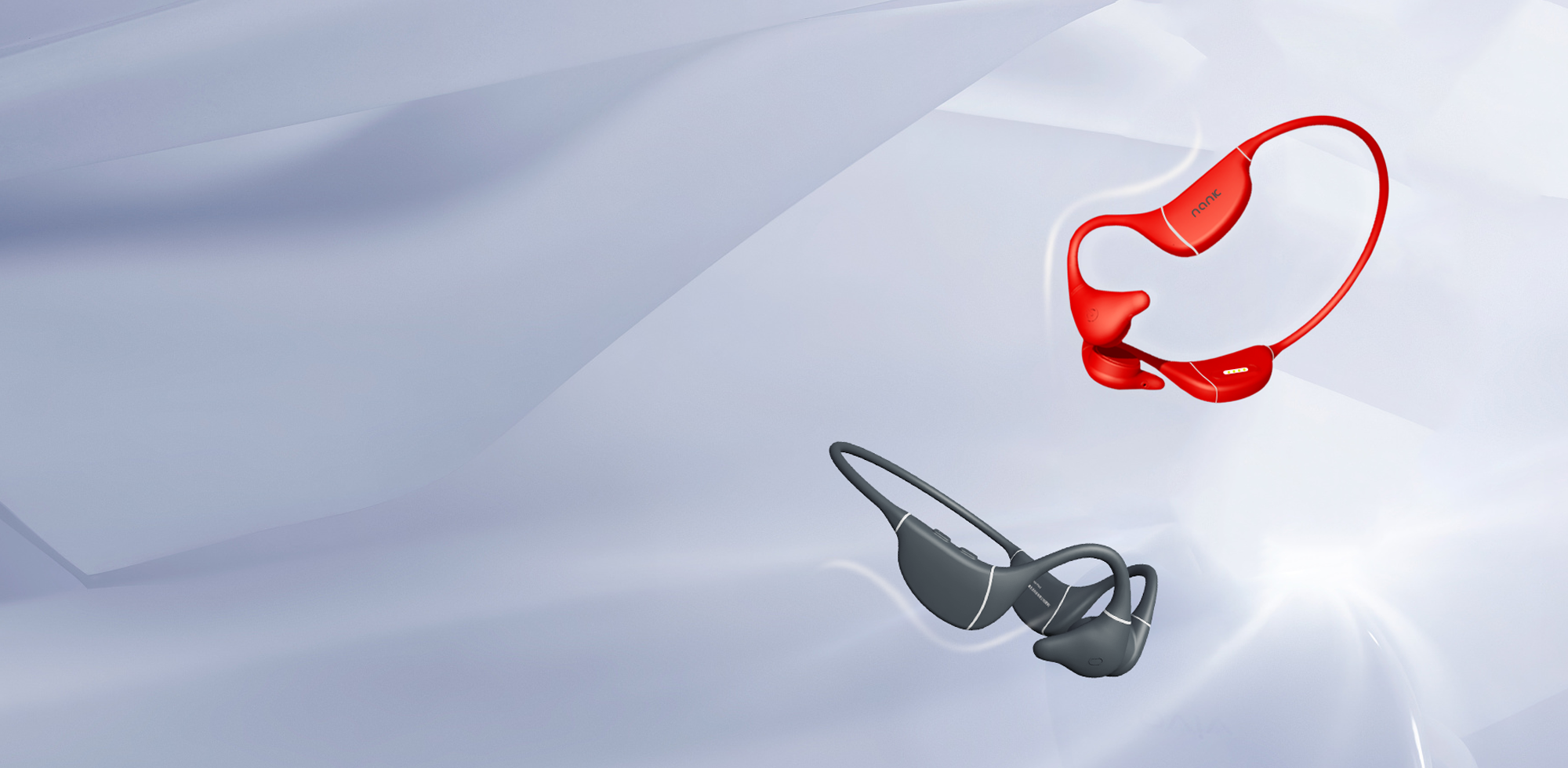Introduction:
As winter arrives, the biting cold and harsh winds can make outdoor activities seem unappealing. While the weather is a factor, it's essential to note that winter sports come with an increased risk of injuries. What precautions should we take during winter exercise? And what winter sports are suitable for us? Let's delve into these considerations with Nank.
Winter Exercise Precautions:
Adapt Outdoor Exercise to Weather Conditions:
- Avoid outdoor exercise in the following conditions:
- Temperature below -10°C, as it lowers exercise quality and increases injury risk.
- Windy days, which may lead to cold-related illnesses and skin dryness.
- Hazy days, as haze stimulates respiratory mucous membranes, triggering conditions like rhinitis and asthma.
Extended Warm-up Time:
- Ensure a thorough warm-up before winter exercises to prevent muscle strains and joint injuries.
- Winter warm-ups should ideally last 10-15 minutes, incorporating dynamic stretches and brisk walking or jogging until a light sweat appears.
Appropriate Clothing and No Masks:
- Wear lightweight, layered clothing during winter workouts, avoiding tightness.
- Remove excess clothing once warmed up. Avoid wearing masks during winter runs, as most masks impede proper airflow, potentially causing dizziness and breathlessness.
Breathing Techniques:
- In cold weather, prioritize nose breathing during exercises to benefit from the warming and humidifying effects of nasal mucous membranes.
- Avoid mouth breathing when possible, as it may lead to respiratory infections, throat discomfort, and coughing.
Winter-Friendly Sports:
Yoga:
- Combat the dry and cold air of winter with indoor activities like yoga.
- Yoga's slow movements and minimal sweating make it an excellent choice for the winter season.

Badminton:
- Enjoy the comfort of indoor sports with badminton.
- Despite its seemingly gentle nature, a formal badminton match can provide a workout comparable to a soccer game.

Jogging (with modifications):
- Switch to slower jogging during winter to reduce the risk of muscle and joint injuries.
- Opt for late morning or early afternoon outdoor runs to allow the temperature to rise slightly.
Skiing:
- Embrace winter by indulging in skiing.
- Skiing engages various muscle groups, enhancing balance, coordination, and flexibility.
Hot Spring Soaking:
- While not an active sport, hot spring soaking contributes to overall well-being.- Hot springs relax muscles and joints, alleviate fatigue, and promote blood circulation, accelerating metabolism.
In conclusion, with careful considerations, winter can provide unique opportunities for safe and enjoyable physical activities. Prioritize safety, adapt activities to weather conditions, and explore indoor alternatives for a fulfilling winter exercise routine. Stay active and embrace the beauty of winter!
FAQ
Q: What headphones are recommended for winter sports?
A: For winter sports like yoga, badminton, and skiing, we recommend using bone conduction headphones. These headphones are ideal for several reasons:
Secure Fit:
- Bone conduction headphones provide a secure fit that stays in place during intense physical activities, ensuring they won't fall off while you move.
Compatibility with Sports Gear:
- These headphones are perfectly compatible with hats, helmets, glasses, and other sports equipment, allowing you to wear them without any discomfort.
No Ear Obstruction:
- Bone conduction technology delivers sound through cheekbones, leaving your ears open. This ensures you remain aware of your surroundings, enhancing safety during outdoor winter workouts.
Comfortable Wear:
- The design of bone conduction headphones eliminates pressure on the ears, offering a comfortable and irritation-free experience even during extended wear.

